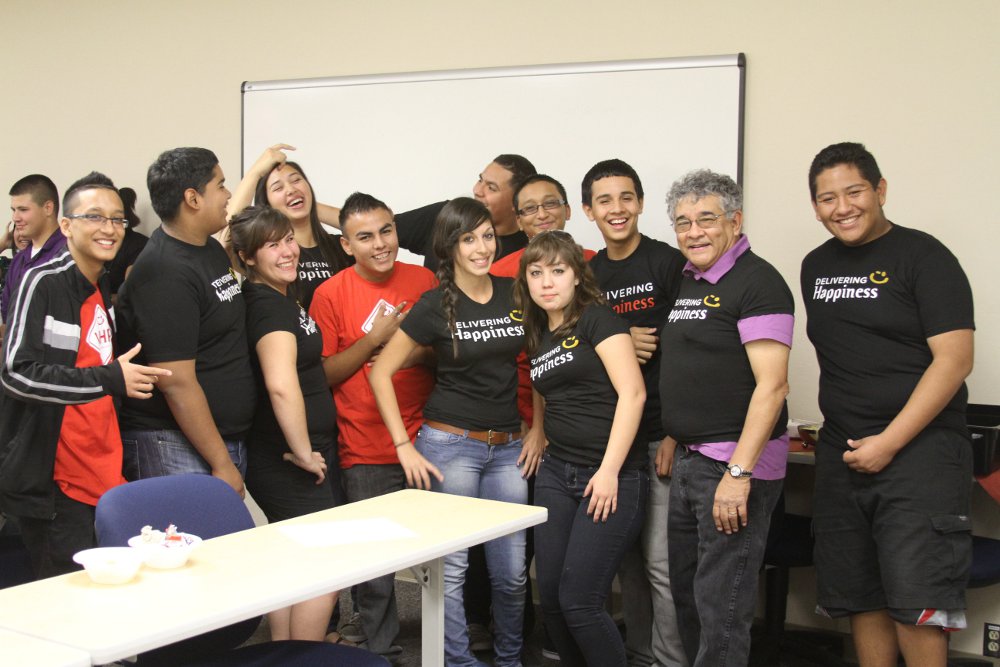Banner

Stingray chassis arrives - Sample of solar cells available
The chassis ordered by Molly Gilbert, University of Arizona Tech Park, arrived at Pueblo HS on November 28
Many thanks
Many thanks

Global Solar gave us a sample of 5 cells connected in series
They will be used by Students to learn about solar cell properties
The cells are made with copper, indium, gallium, and selenium
Please study:
http://en.wikipedia.org/wiki/Copper_indium_gallium_selenide_solar_cells
and research other pages in the web
Many thanks to Global Solar for their support
They will be used by Students to learn about solar cell properties
The cells are made with copper, indium, gallium, and selenium
Please study:
http://en.wikipedia.org/wiki/Copper_indium_gallium_selenide_solar_cells
and research other pages in the web
Many thanks to Global Solar for their support
Molly Gilbert's wonderful news: the Stingray Chassis have been ordered !!!
On the right hand side you will see the logos of our generous supporters:
Amateur Radio Relay League
Delivering Happiness
Global Solar
Parallax Inc
University of Arizona Office of University Research Parks
University of Arizona Tech Park Solar Zone
West Valley Amateur Radio Club
We express our many thanks to them.
Amateur Radio Relay League
Delivering Happiness
Global Solar
Parallax Inc
University of Arizona Office of University Research Parks
University of Arizona Tech Park Solar Zone
West Valley Amateur Radio Club
We express our many thanks to them.
Pueblo High School - Magnet for the Communication Arts and Technology
We deliver Happinesss and Vocations that will last for a Lifetime, one Student at a time
High Volume Manufacturing of Flexible and Lightweight CIGS Solar Cells at Global Solar Energy Corporation
To help me describe to our Students the manufacturing method for the hundreds of solar cells we will be using in the Competition, I will very briefly review Britt, Wiedeman, Schoop and Verebelyi, 2008 IEEE Photo Voltaic Conference:
Global Solar uses a batch manufacturing process based on stainless steel webs up to 1000 meters long and about 32 cm wide, 25 microns thick.
Global Solar uses a batch manufacturing process based on stainless steel webs up to 1000 meters long and about 32 cm wide, 25 microns thick.
The back contact is made of Molybdenum. A thin Chromium coating is applied to enhance adhesion of the Molybdenum coating to the stainless steel web. Both metals are deposited by pulsed DC sputtering.
Copper, Indium, Gallium, and Selenium are deposited by multiple source co-evaporation in the equipment shown in Fig. 2 below. The thickness of the CIGS film is ~ 1.7 micron.
Copper, Indium, Gallium, and Selenium are deposited by multiple source co-evaporation in the equipment shown in Fig. 2 below. The thickness of the CIGS film is ~ 1.7 micron.
There is a buffer layer made of Cadmium Selenide, deposited from a solution, about 0.08 micron thick.
The top electrode is a transparent conducting oxide deposited by pulsed DC sputtering with the equipment shown in Fig. 3 below. The thickness of about 0.1 micron.
The top contact is made by screen printing a silver ink , with the equipment shown in Fig. 4 below.
Voc - open circuit voltage
Isc - short circuit current
Vmp - maximum power voltage
Imp - maximum power current
Pmp - maximum power
Isc - short circuit current
Vmp - maximum power voltage
Imp - maximum power current
Pmp - maximum power
Many thanks to Global Solar Energy Corporation for their generous support of the SGK Competition
The motor used by the winners of the 2011 Solar Car Challenge for High Schools at the Texas Motor Speedway
I continue to learn from the Lady Racers of Houston High School in Mississippi:
http://houstonhighschool.blogspot.com/
http://sundancersolarcar.blogspot.com/
The Houston Team also won in 2010 and 2008, and placed second in 2009.
The Houston Miss. Population is about 4000:
http://en.wikipedia.org/wiki/Houston,_Mississippi
http://g.co/maps/thxuh
http://houstonhighschool.blogspot.com/
http://sundancersolarcar.blogspot.com/
The Houston Team also won in 2010 and 2008, and placed second in 2009.
The Houston Miss. Population is about 4000:
http://en.wikipedia.org/wiki/Houston,_Mississippi
http://g.co/maps/thxuh
Houston Lady Racers - Winners of the Classic Division - 2011 Solar Car Challenge




The Houston Solar Race Team won the Open Division:
443 laps 649.5 miles
http://www.solarcarchallenge.org/challenge/teams2011/sundancer.shtml
At the Texas Motor Speedway:
http://www.solarcarchallenge.org/challenge/
Delivering Happiness - One Student at a time
http://www.deliveringhappiness.com/
http://www.amazon.com/gp/reader/0446563048/ref=sib_dp_pt#reader-link
http://www.amazon.com/gp/reader/0446563048/ref=sib_dp_pt#reader-link
Delivery to Pueblo Magnet High School - Tucson Arizona - 2010
Subscribe to:
Posts (Atom)








































